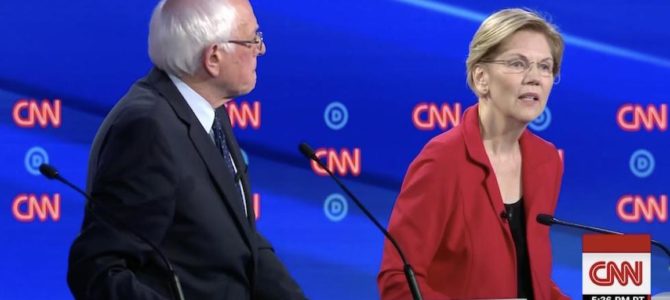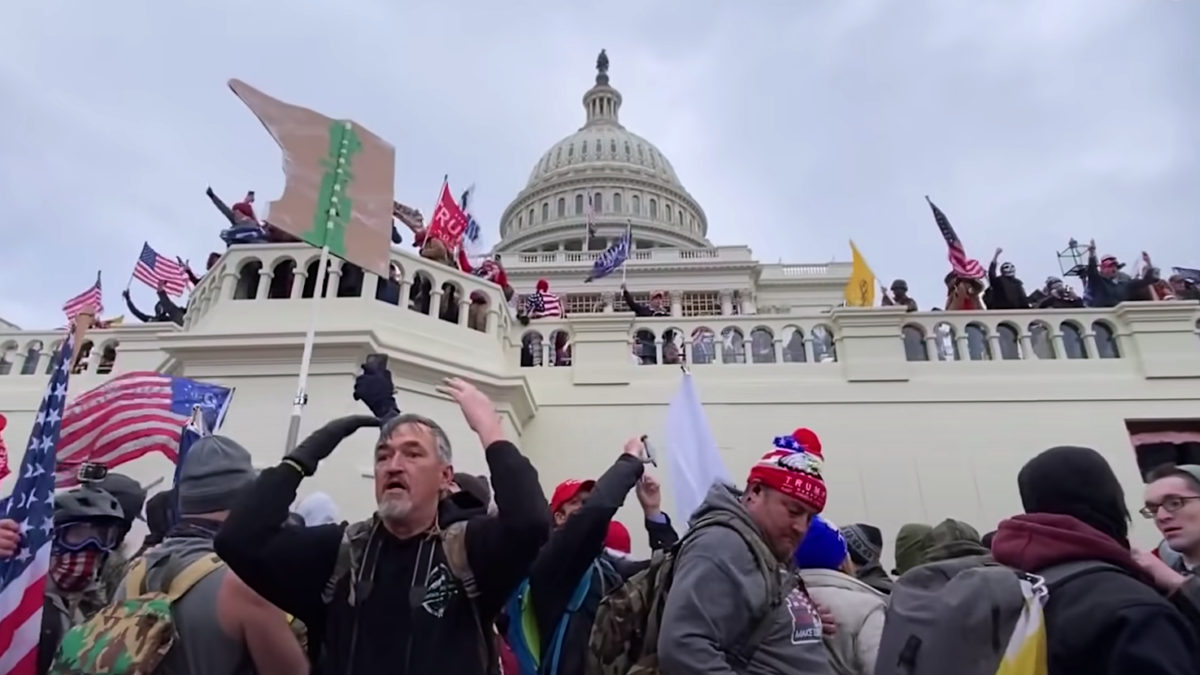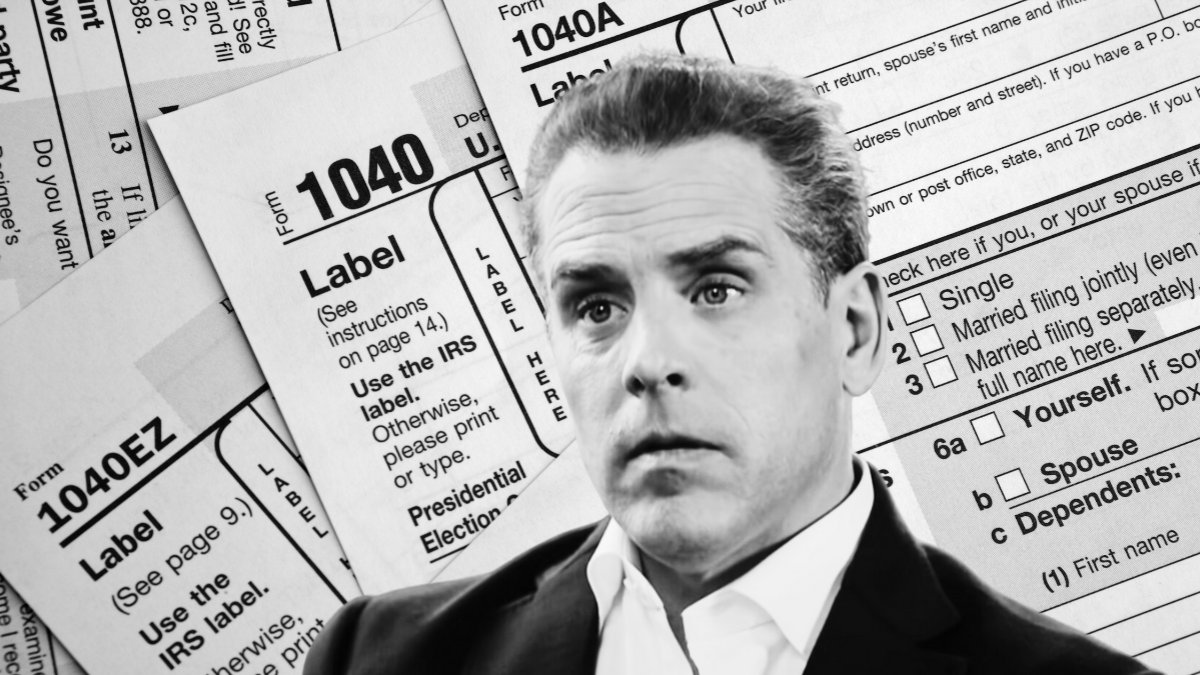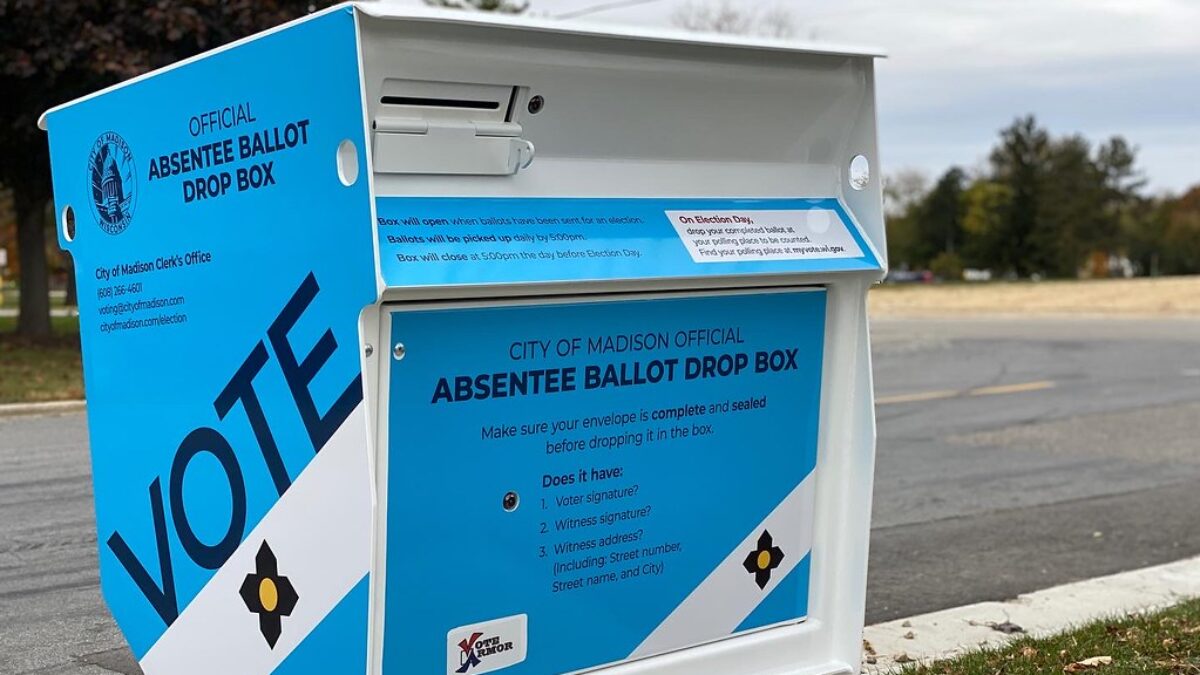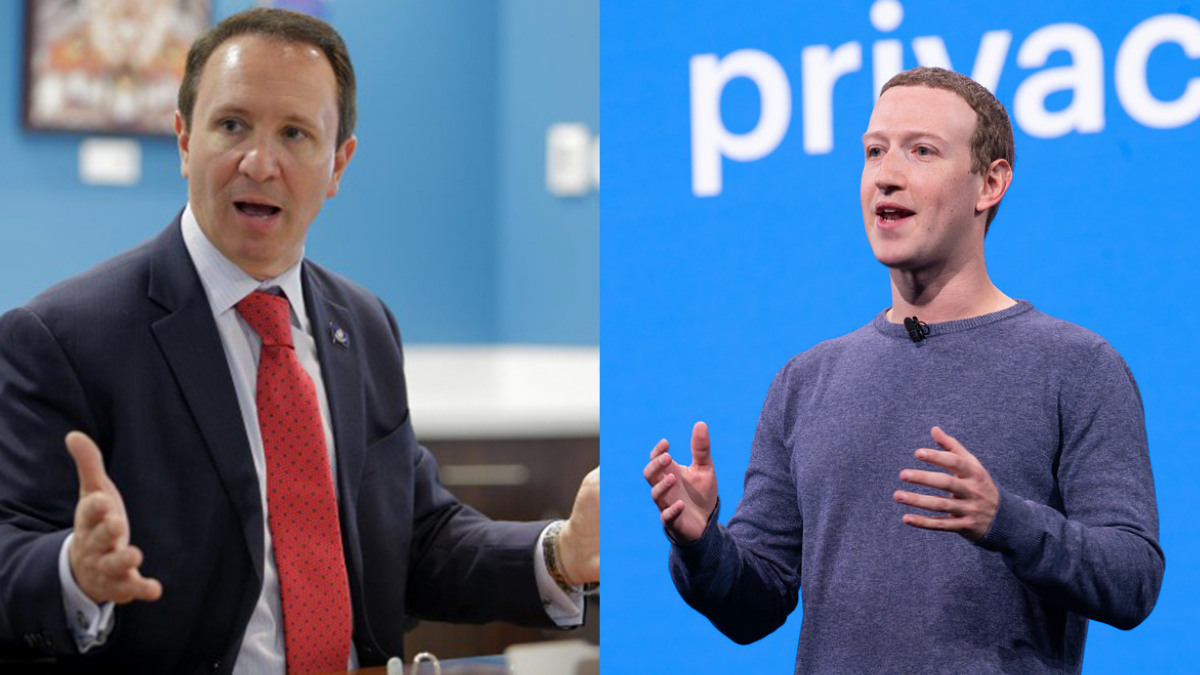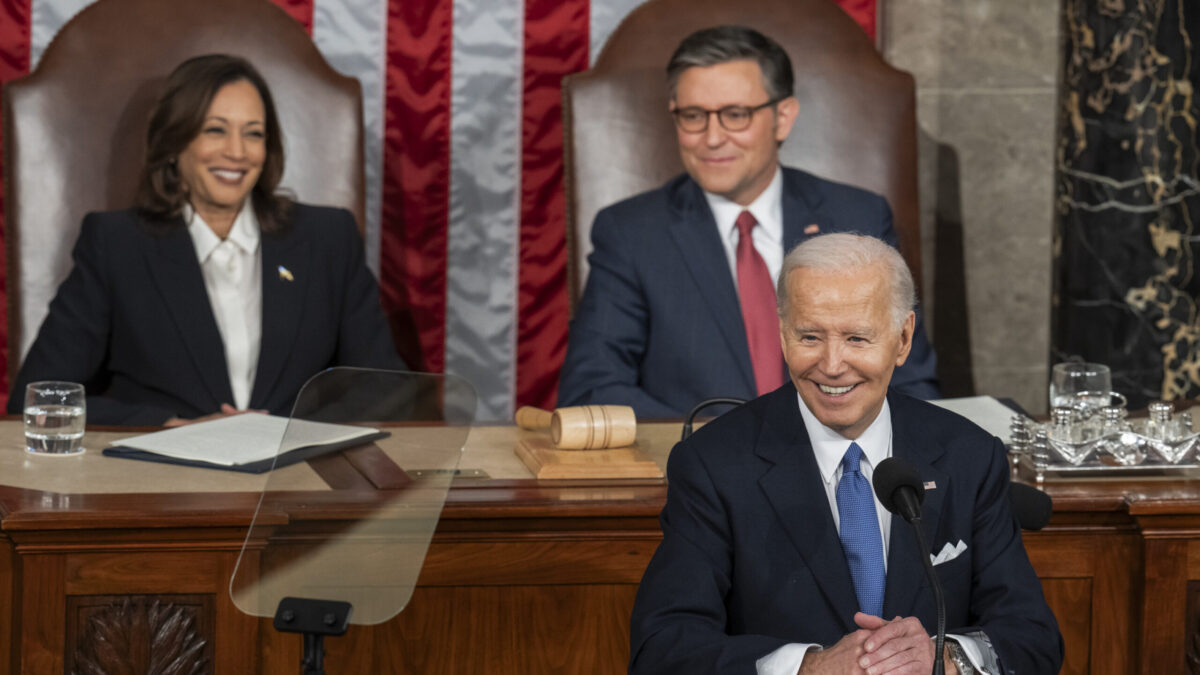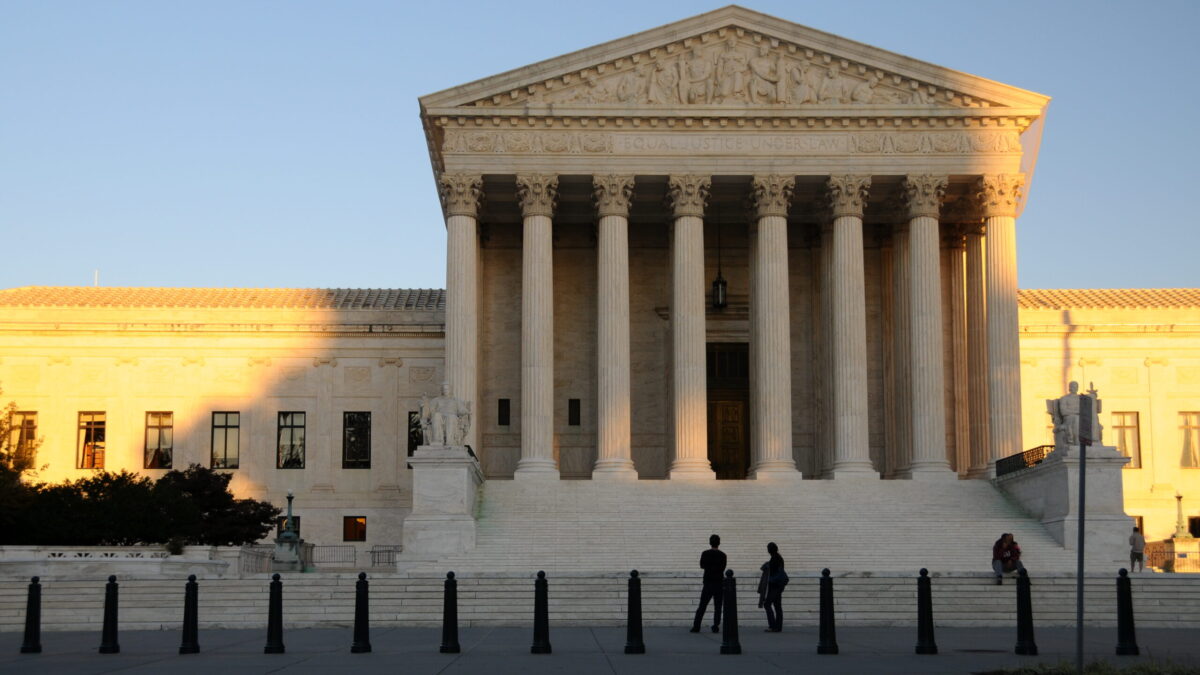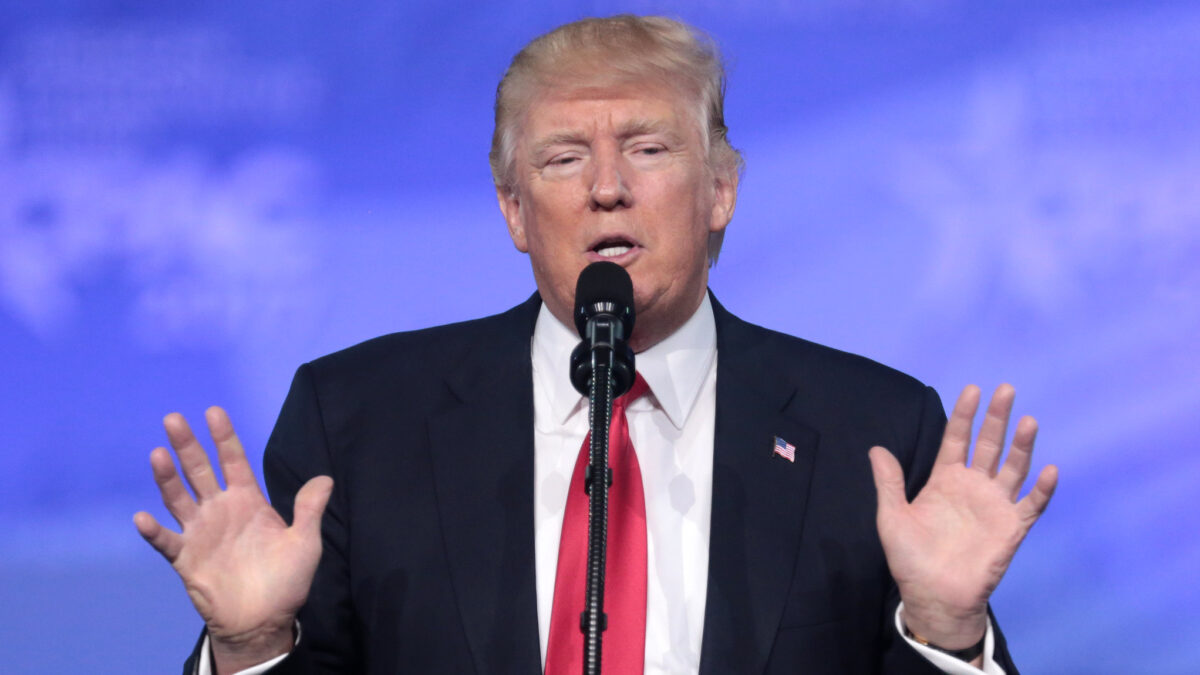2020 White House hopefuls Sens. Bernie Sanders, I-Vt., and Elizabeth Warren, D-Mass., sounded like identical candidates last week as they stood together center-stage to parry moderate attacks on their progressive proposals at the Democratic debate.
Contrary to popular belief, however, the two liberal candidates most ideologically aligned cater to very different voter constituencies who have not indicated they would support one or the other if their preferred progressive senator dropped out.
In fact, polls show just the opposite. According to Reuters/Ipsos, Washington Post/ABC, and Morning Consult polls, voters who prefer Warren chose Sen. Kamala Harris, D-Calif., as their second-choice candidate, and voters who prefer Sanders chose former Vice President Joe Biden as their next favorite option in the race.
Nathaniel Swigger, a political science professor at The Ohio State University, cautioned, however, that most voters likely have not thought seriously enough about their second-choice candidate at this stage in the campaign, making it difficult to draw conclusions from polls this early in the race.
“We’re still five months away from the first primary,” Swigger told The Federalist, adding that while still useful, polls are far from certain. “I’m not sure I would draw a ton of definitive conclusions.”
Still, Warren and Sanders, while campaigning on a nearly identical populist message harnessing the anxieties of the working class, poll well with different types of voters, granting insight into the strategies of the two candidates going into the next stages of the primary.
According to a Politico analysis of the polling in the race, Warren campaigns better with voters who have earned college degrees and with seniors who closely follow politics. In contrast, Sanders does better among lower-income voters and those less educated than Warren’s supporters. Sanders also does much better with African Americans and young people who do not vote in every election. In fact, among African Americans, Sanders surpasses every other candidate in the race except Biden.
When it comes to gender, Warren does better with women, while Sanders does better with men, which might help explain why voters who preferred Warren pick Harris as their back-up candidate, while Sanders supporters chose Biden as theirs.
Financial support for Warren and Sanders is also coming from different campaign funding sources.
According to a New York Times analysis of where the 2020 candidates’ campaign contributions are originating, Sanders overwhelmingly dominates small-dollar contributions in much of America’s heartland, while Warren is getting most of her campaign cash in coastal areas, specifically centered around Boston. The source of Warren’s campaign contributions would provide ammunition for the Trump campaign that would brand Warren as a coastal elite out of touch with the rest of the country if she were to emerge as the Democratic nominee.
Small-dollar donations have become a key indicator of support in recent years and have become especially important in this election cycle as they are now included as an eligibility requirement for the Democratic debates. Candidates are required to show at least 130,000 unique donors to qualify for the Houston debate stage in September, in addition to meeting a polling threshold.
Sanders leads the Democratic field with the most individual donors — about 746,000 — followed by Warren with about 421,000. Both candidates have pledged not to accept money from super PACs this election cycle.
The two senators’ distinct groups of supporters might provide relief to Democratic strategists by lending evidence to the idea that their populist economic messages can fire up different parts of the base. The disconnect between their supporters, however, showcases a problem for the two candidates themselves going forward into the next round of the Democratic primary, when the lesser-known candidates inevitably begin to drop out as they fail to qualify for subsequent debates.
Swigger said the differences in constituencies between Sanders and Warren are a consequence of campaign rhetoric more so than actual substance.
“While they’re both running as change candidates, Sanders talks about a revolution; Warren uses softer language. Sanders talks like a populist, and Warren talks like a professor,” Swigger said.
Swigger also added that Warren has the upper hand in expanding her base as a first-time presidential candidate, whereas most voters have already been exposed to Sanders in 2016.
“Warren probably has more room for growth, as Bernie has already run before,” Swigger said. “Warren also probably has a little bit more appeal with establishment Democrats than Bernie will, since he is running as an outsider and has always pitched himself that way.”
Swigger made clear, however, that it is still anybody’s game, emphasizing the uncertainty of the race.
“With this many candidates in the field and a different kind of primary calendar with California — boy, there’s a lot of uncertainty in the primary at this point.”
The date of the Democratic primary for California has been moved to March 3, otherwise known as “Super Tuesday,” as opposed to its original date in June. The date change is aimed at giving California more influence over selecting the party’s nominee.
